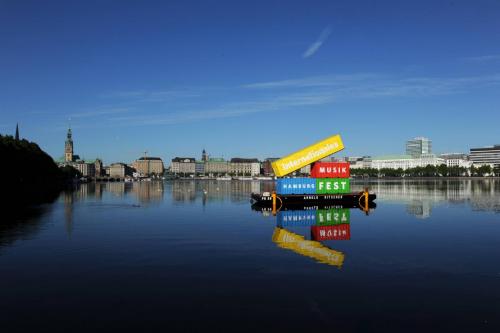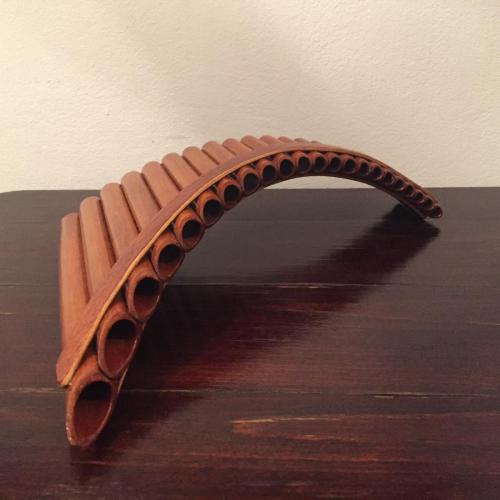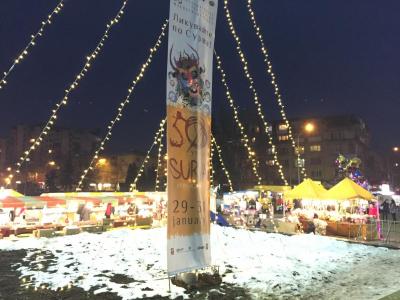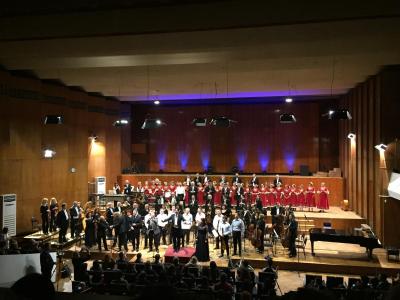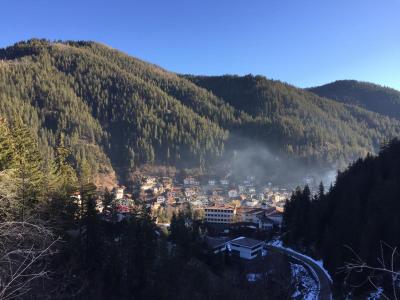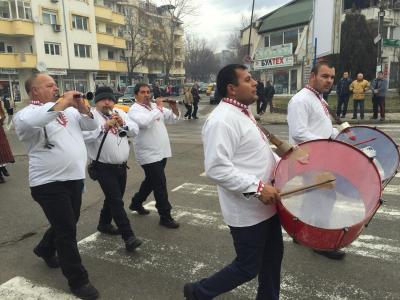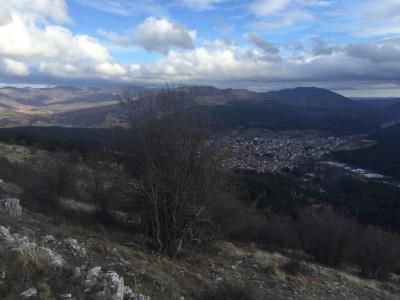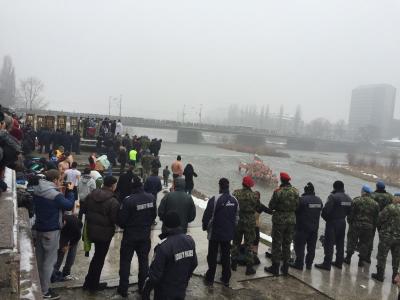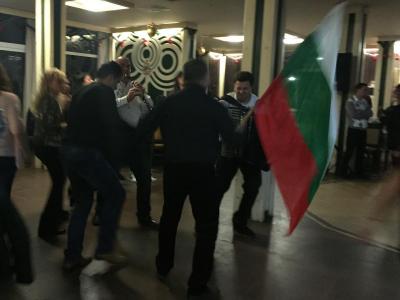Where Have All the Fluiers Gone?
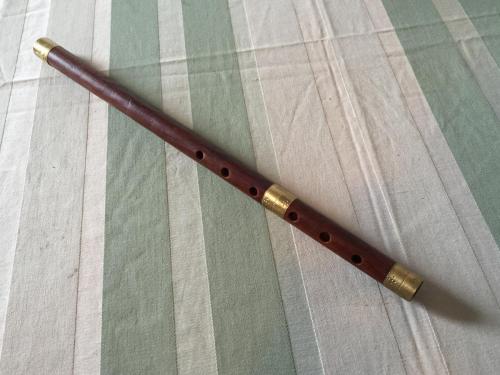
The common fluier is a Romanian end-blown flute with a recorder-like fipple for sound production. "Fluier" itself translates to "flute" and I have seen the term used to refer to anything from common fluier to Romanian caval to Western concert flute to nai. The one that I have (pictured) comes from what was historically the most common subset of Romanian fipple flutes, those with six holes; however, both the number of holes and the key of the instrument has varied from place to place.
